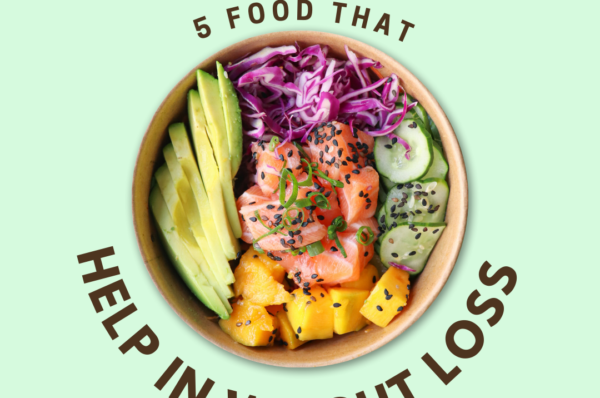In recent times, health and fitness enthusiasts have been captivated by a trending practice that has taken the wellness world by storm: intermittent fasting. This unique approach to eating has gained significant attention, both in scientific research and popular media, for its potential health benefits and effectiveness in weight management.
With countless success stories and a growing body of evidence, intermittent fasting has become a hot topic, capturing the attention of millions worldwide. This week, we will delve into the principles, methods, and potential benefits of intermittent fasting, shedding light on why it has become such a prominent trend.
Intermittent fasting (IF) is not a diet but rather an eating pattern that involves alternating cycles of fasting and eating. Unlike traditional diets that dictate what and how much to eat, intermittent fasting focuses on when to eat. It establishes specific time windows for consuming food and designates the remaining hours for fasting.
Health Benefits of Intermittent Fasting
- Intermittent fasting can aid weight loss by reducing calorie intake and boosting metabolism. It has been shown to promote fat loss while preserving muscle mass.
- Intermittent fasting has the potential to improve insulin sensitivity, which can lower the risk of type 2 diabetes and aid in managing blood sugar levels.
- During fasting periods, the body initiates autophagy, a process where cells remove and recycle dysfunctional components. This cellular repair mechanism has been linked to a reduced risk of chronic diseases and improved longevity.
- Studies suggest that intermittent fasting may have positive effects on brain health by promoting the production of brain derived neurotrophic factor (BDNF), a protein that supports the growth and function of brain cells. This may enhance cognitive function and protect against neurodegenerative diseases.
Common Intermittent Fasting Methods
16/8 Method: This popular method involves fasting for 16 hours daily and limiting eating to an 8-hour window. Most practitioners achieve this by skipping breakfast and having their first meal at noon, followed by their last meal in the evening.
5:2 Diet: With this approach, individuals eat normally for five days of the week and restrict calorie intake to 500-600 calories on the remaining two non-consecutive days.
Alternate-Day Fasting: As the name suggests, this method involves alternating between fasting days, where calorie intake is significantly reduced, and regular eating days.
Top Tips For Intermittent Fasting & Exercising:
Incorporating exercise into your routine while practising intermittent fasting can be a great way to maximize the benefits of both. Here are some top tips for exercising during intermittent fasting:
1. Choose the right timing and schedule your workouts towards the end of your fasting window or just before you break your fast. This way, you can replenish your body with nutrients after exercise.
2. Start with low-to-moderate intensity workouts such as brisk walking, yoga, or light resistance training. As your body adjusts, you can gradually increase the intensity and duration of your workouts.
3. Stay hydrated both during fasting periods and during exercise. Be sure to drink plenty of water throughout the day, especially if you’re engaging in physical activity.
4. Listen to your body and pay attention to how your body responds to exercise during fasting. If you feel lightheaded, dizzy, or excessively fatigued, it may be a sign that you need to adjust your fasting or exercise routine.
5. Focus on recovery by consuming a balanced meal that includes carbohydrates, proteins, and healthy fats within your eating window to aid in muscle recovery and replenish glycogen stores.
Wrapping Up:
While intermittent fasting can be a beneficial practice for many individuals, it may not be suitable for everyone. Those with a history of eating disorders, pregnant or breastfeeding women, and individuals with specific medical conditions should consult with healthcare professionals before embarking on an intermittent fasting regimen. It’s crucial to prioritize nutrient-dense meals during eating windows and maintain a balanced diet overall to ensure adequate nutrition.
Remember, every individual is different, and what works for one person may not work for another. It’s crucial to listen to your body, experiment, and find an intermittent fasting and exercise routine that suits your specific needs and goals. Consulting with a healthcare professional or a registered dietitian can provide personalized guidance and support as you navigate this combination.

“If we could give every individual the right amount of nourishment and exercise, not too little and not too much, we would have found the safest way to health.” –Hippocrates



Comment (1)